How Much Do You Know about Dengfeng's Three Cultural Treasures that Amaze the World
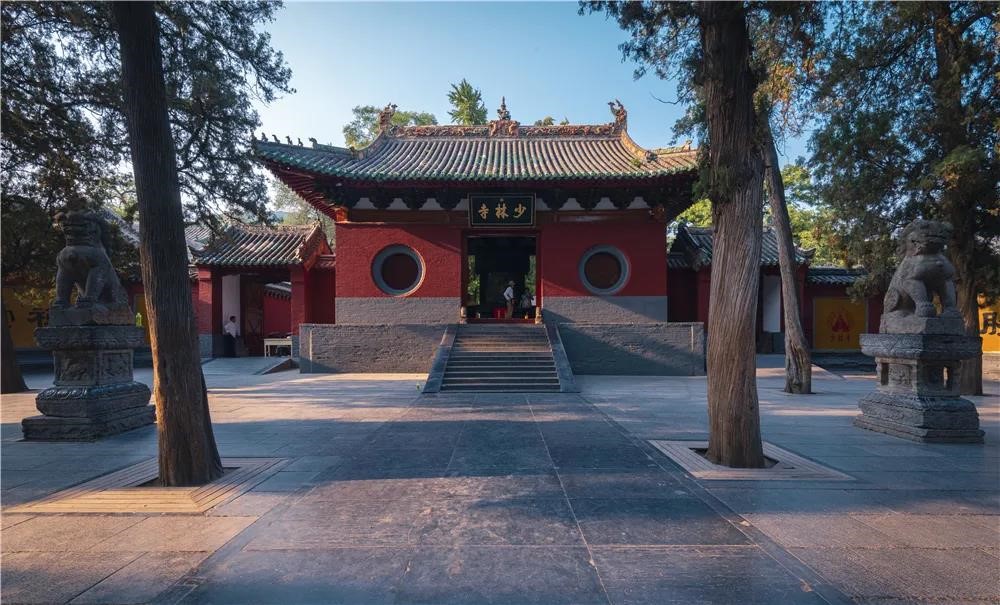
Today, the editor tells you about Dengfeng
Three World-class Cultural Tourism Resources
To touch deep-seated beauty
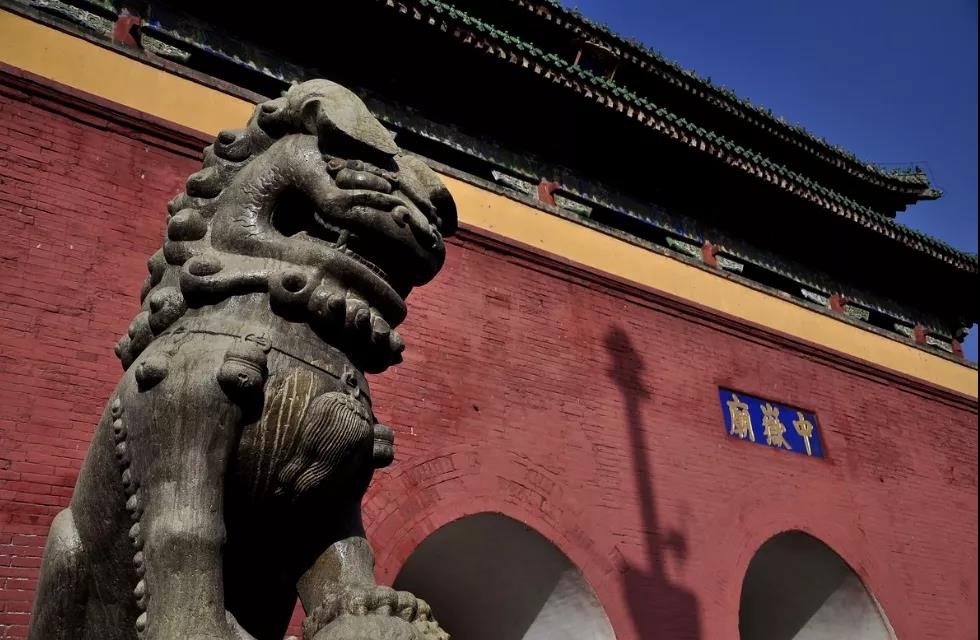
1
Historic Monuments of Dengfeng in “The Centre of Heaven and Earth”

The Historic Monuments of Dengfeng in “The Centre of Heaven and Earth” consists of 11 historical buildings in 8 places, i.e. Zhongyue Temple and Taishi Que, Shaoshi Que Qimu Que, Shaolin Temple Building Complex (Changzhu Yard, Chuzu'an, Talin), Songyue Temple Tower, Huishan Temple, Songyang Academy, and Observatory.
On August 1, 2010, the Historic Monuments of Dengfeng in “The Centre of Heaven and Earth” was officially included in the World Cultural Heritage List at the 34th World Heritage Congress.
The Historic Monuments of Dengfeng in “The Centre of Heaven and Earth” acts as an important part and representative work of the highest level of Chinese traditional etiquette, religion, science and technology and education.
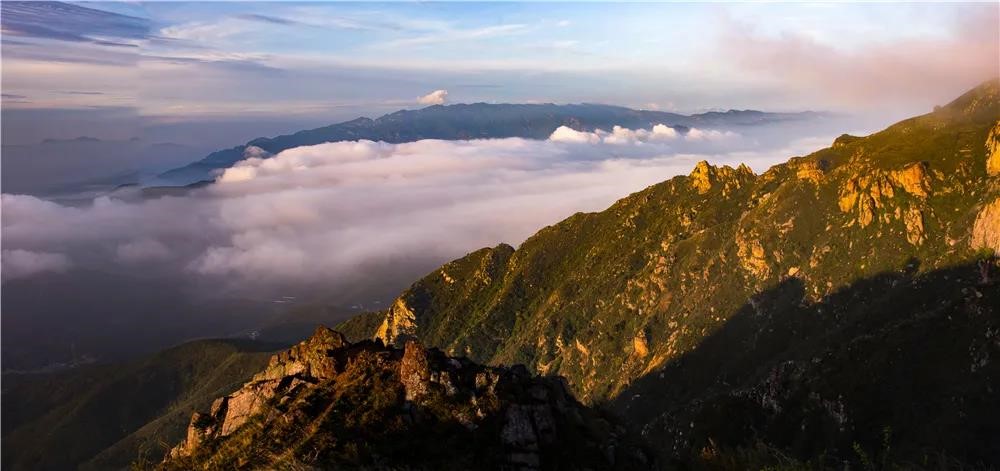
2
Song Shan World Geopark

Song Shan World Geopark is another world cultural tourism resource in Dengfeng. Enjoying a history of orogeny of 3.6 billion years, Songshan Mountain is known as the ancestor of mountains. Song Shan World Geopark covers an area of 464 square kilometers, including sun - Dangyang mountains, Shaoshi mountains, Taishi mountains, Wuzhiling peaks, etc. It was announced as the first batch of world geoparks by UNESCO in February 2004.
The Geopark continuously and completely exposes the deposits and structures of five geological history periods, namely Archaeozoic, Proterozoic, Paleozoic, Mesozoic and Cenozoic, and clearly preserves the three global precambrian orogenic, tectonic and tectonic relics that occurred 2.5 billion years, 1.8 billion years and 543 million years ago, respectively named "Songyang Movement", "Zhongyue Movement" and "Shaolin Movement", which are known as "natural geological museum" and "encyclopedia of geosciences".
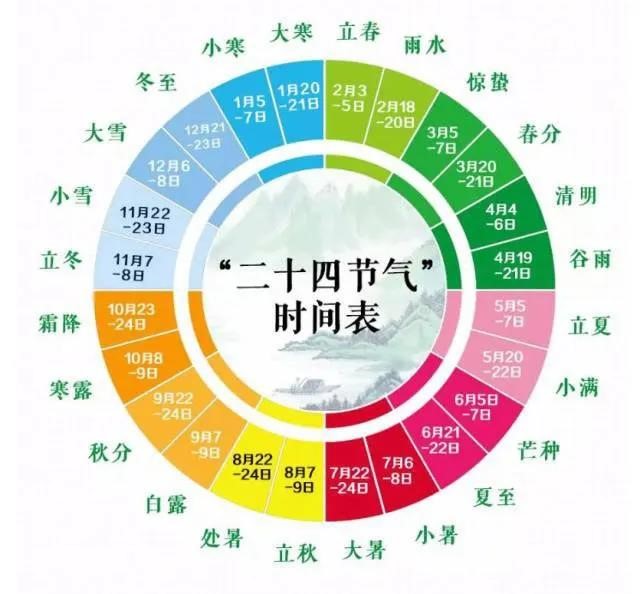
3
Intangible cultural heritage of humanity "Twenty-four solar terms"
In 2016, China’s 24 solar terms were included in the World Intangible Cultural Heritage Protection List by UNESCO, and Dengfeng City was its core source. Twenty-four solar terms are known as the "fifth largest invention in China" in the international meteorological community.
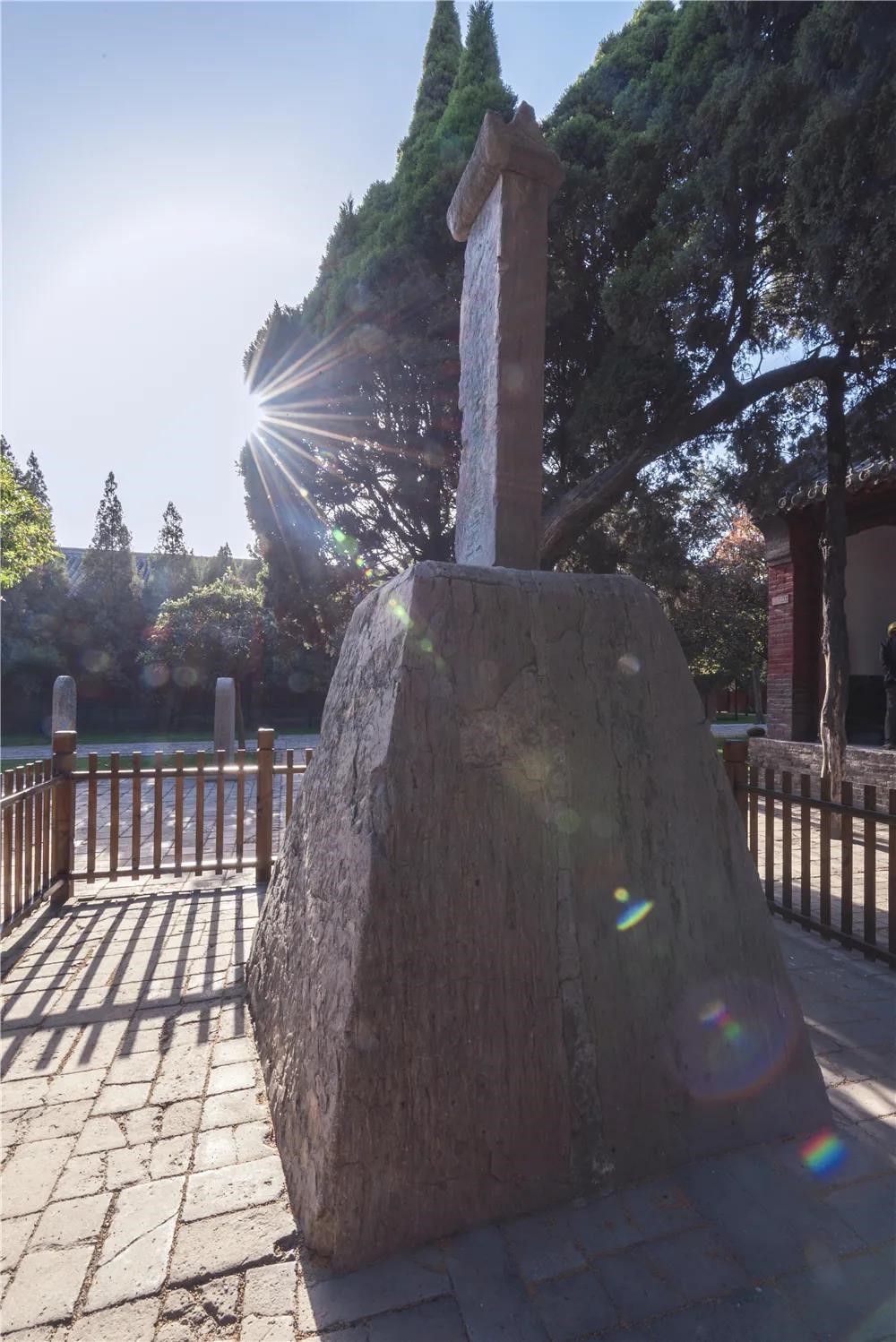
As the core area of ancient China, Song Shan area is known as the "Center of Heaven and Earth".
More than 3,000 years ago, Zhou Gong observed the astronomy by means of setting up a pole and seeing its shadow, determining the summer solstice, winter solstice, spring solstice and autumn solstice. More than two thousand years later, Guo Shoujing, a famous scientist of the Yuan Dynasty, mastered the operating rules of sun, moon, star and earth through field tests on the observation platform, at the same time, he accurately measured the twenty-four solar terms in the year. This observation result has historically played an important role in guiding agricultural production, enriching customs in the countryside and regulating the time sequence.